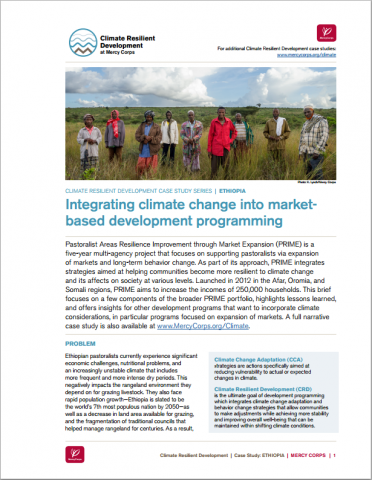UNHCR Mid Year Trends 2014

This report is the second of its kind, analyzing displacement trends within the first half of 2014. The figures in this report were collected from governments and UNHCR offices around the world. UNHCR introduced a new online data collection tool to enhance the organization’s capacity to collect and analyse mid-year statistical data. In addition to improving the timeliness and comprehensiveness of mid-year reporting from UNHCR offices, the new tool allows the organization to make the actual data available publically as well as in this report.1 Unless otherwise specified, figures are limited to events occurring up to 30 June 2014. The statistics included in this report should be considered provisional and subject to change, especially in regard to asylum trends. Global Trends Between January and June 2014, UNHCR offices reported an estimated 5.5 million new forcibly displaced persons either within or outside their own country. As a result, and taking into account reductions in existing populations due to voluntary repatriation, resettlement, revision of figures and other developments, the total number of persons of concern to UNHCR by mid- 2014 stood at 46.3 million, compared to 42.9 million at the end of 2013.
UNHCR
http://www.unhcr.org/54aa91d89.html
